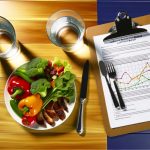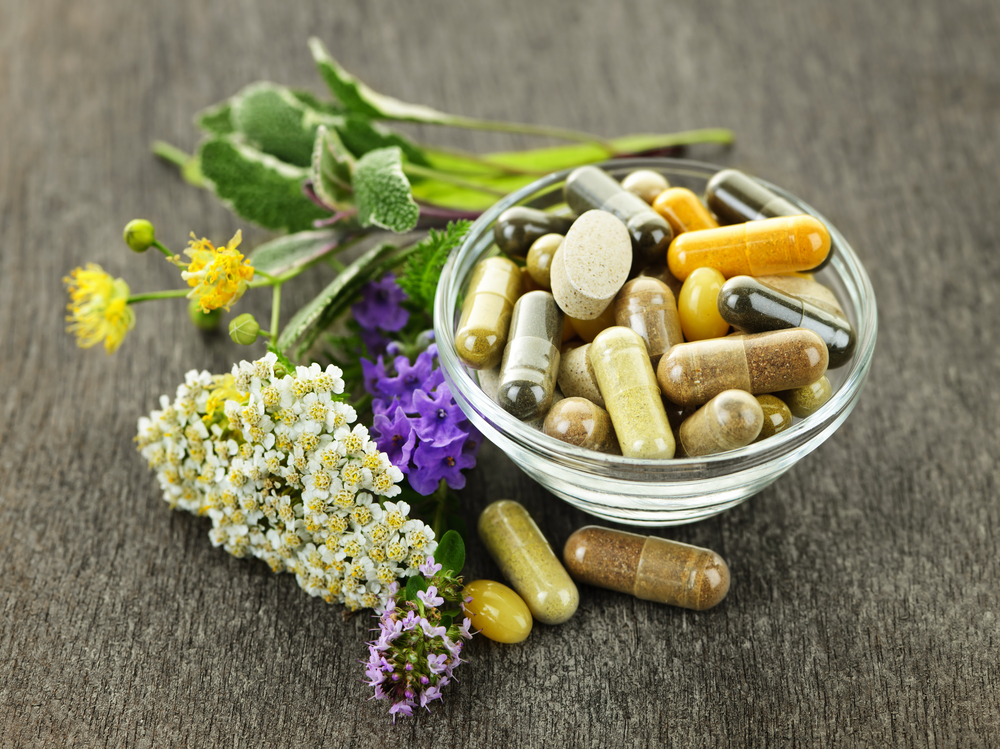Our body necessitates a trace mineral known as iron. It contributes greatly to the making of healthy red blood cells, aiding the transportation of oxygen from the blood to the muscles, and is a fundamental portion of our muscle structure.
Anemia caused by an absence of iron is the most common dietary deficiency throughout the world. If not taken care of, it can lead to problems such as fatigue and anemia. Given that iron has a huge part to play in our body, fitness, and wellbeing, let’s make it easier to understand how to make the most out of absorbing iron.
When you take a snack from the cupboard, and study the nutrition information on the label. Look at the bottom of the product label to find out how much iron is in the food along with what percentage of your daily value it represents. Although it may seem that it would be uncomplicated to identify if you are fulfilling your day-to-day needs for iron, unfortunately the reality is more complex. The good news? Carrying essential iron knowledge can help you accomplish your iron aspirations!
Heme vs. Nonheme
Iron can be found in two different forms in food: heme iron and nonheme iron.
Meat, fish, and poultry all contain heme iron, which is part of hemoglobin and myoglobin. Foods which originate from animals’ meat are the only ones that supply heme iron, although they also deliver nonheme iron.
Nonheme iron can be found in vegetables, grains, fortified foods, and supplements.
It is unclear precisely how much heme iron our bodies absorb (probably somewhere between 15-35%), but we can tell that it is taken up more easily by the body than the nonheme iron variety (which might be around 3-20%).
Despite the increased absorptivity of heme-sourced iron, the majority of iron in our diets comes from nonheme sources. It is necessary to comprehend some of the elements that boost and obstruct our uptake of nonheme foods.
Optimizing Nonheme Iron Absorption
Devote time to arranging your meals in advance to make sure you are taking full advantage of your nonheme iron containing food items.
Consider the following factors, which can enhance nonheme absorption:
- Meat, fish, or poultry supply heme iron. Combine your heme-containing foods, for example, seafood, chicken, beef, or eggs, with non-heme products like vegetables, grains, fortified items, or vitamins. The presence of heme in MFP will increase your body’s absorption of nonheme iron, which requires acids to be taken in.
- Consume your nonheme foods with acidic foods. Consider foods that are high in vitamin C, citric acid, or lactic acid. If you are cooking lentil soup, an option is to add some tomatoes or some tomato sauce. The tomatoes will provide your body with vitamin C, which will enhance the absorption of nonheme iron found in the lentils. Fructose is also involved.
- Choose plant-based sources of fructose like nectar, dried figs, grapes, apples, or pears and eat them together with non-animal dishes. For example, adding freshly cut up apples and honey not only increases nutrient uptake, but also gives your oatmeal a scrumptious flavor. Not only that, oatmeal is high in nonheme iron, which comes along with a host of other advantages.
What Inhibits Nonheme Iron Absorption
It is just as vital to take into account the numerous elements that can prevent nonheme iron absorption.
Be creative and consider how to separate your intake of nonheme foods from the following:
Phytates, fibers, and oxalates. Whole grains, soy, nuts, and legumes all contain elements called phytates and fiber which can impede the amount of nonheme iron that gets taken in from a particular meal. It is noteworthy that, despite being high in phytates, foods such as oatmeal still possess substantial amounts of nonheme iron. It would be highly beneficial to include the nutrient-rich foods mentioned, but if you are eating those that are high in phytates and fibers (like spinach, beets, rhubarb, or leafy greens), make sure you also enjoy foods that help with the absorption of nonheme iron! An illustration of this is that spinach has great nonheme iron content and is also very high in phytates and fibers. Add a homemade orange juice-based dressing to your salad to increase your body’s ability to absorb nonheme iron.
Remember to watch out for oxalates. Oxalates are natural components in a variety of edibles like fruits, vegetables, nuts and seeds, grains, and black tea. They could impede the body’s iron uptake by joining forces with iron to form a substance called iron oxide. Some studies indicate that consuming spinach and other items that are high in oxalate, like certain fruits, may not have a major influence on nonheme iron absorption. Nevertheless, it is not risky to combine these healthy foods with those that aid in nonheme iron absorption.
Calcium and phosphorous. Calcium and phosphorous can significantly impact iron absorption. Leave a larger gap between consuming dairy items that are full of calcium and phosphorous and any non-heme foods. For maximum gain from calcium- and iron-filled foods, you should consume a glass of milk a few hours before or after an in-heme meal.
Tannins and polyphenols. Tannins and polyphenols are components of tea and coffee that have a capacity to impede the uptake of iron. These compounds have the capacity to attach to iron, thus resulting in nonheme iron that is not dissolvable. Studies have indicated that drinking beverages or consuming foods which contain polyphenols, e.g. red wine, may have no major impact on the absorption of iron. If you have a deficiency in iron though, make certain to leave a two-hour gap between your meal containing nonheme iron and your afternoon tea.
Excess intake of other minerals. Too much of certain minerals can stop the body from effectively absorbing nonheme iron. These metals – iron, zinc, calcium, magnesium, and copper – all have positive charges. These minerals have the potential to occupy the same attachment sites which iron would normally adhere to, thus hindering its ability to bind and be taken in. Be sure to make sure there is a gap of some hours between consuming multivitamins, which typically contain many minerals with a positive charge, and having your meals.
Stomach acid. High levels of stomach acidity can decrease the amount of iron absorbed in the stomach. Older people tend to have less acidic stomachs, and the utilization of antacids often impedes the stomach’s capacity to absorb iron. So, don’t overdo it on the Tums!
Eggs. Eggs possess phosphoprotein which has the ability to bind with iron, which can prevent iron from being taken into the body. Certain research has demonstrated that eating an egg that has been cooked in boiling water may lessen the amount of iron devoured from a dinner by almost a third. For best iron absorption, think about snacking on an egg alone.
Increased iron needs. It is important to consume more iron when there are increased demands on the body, for instance during instances of rapid development (in babies and young children), maternity, or if someone has experienced a great loss of blood. Be aware that your body is assisting you; if there are inadequate stores of iron or higher needs, the body responds accordingly and amplifies the taking in of iron.
It is extremely important that you take additional steps to improve yourself by recognizing elements that can either encourage or impede nonheme progress.
Purium Sources Of Iron:
READ MORE: Iron An Essential Mineral









